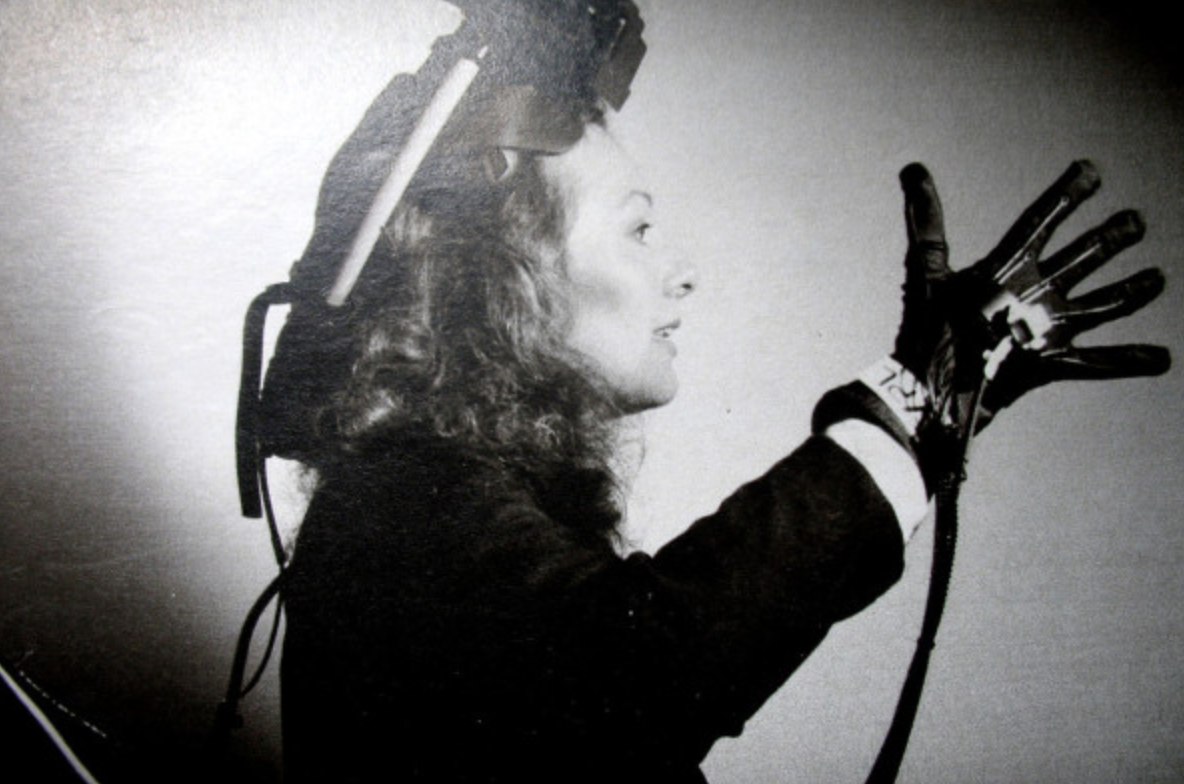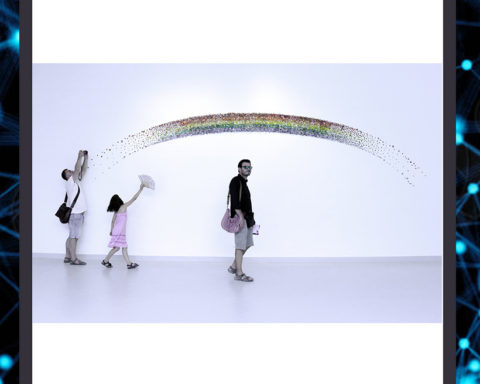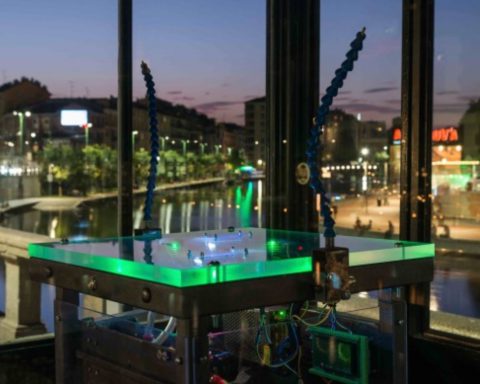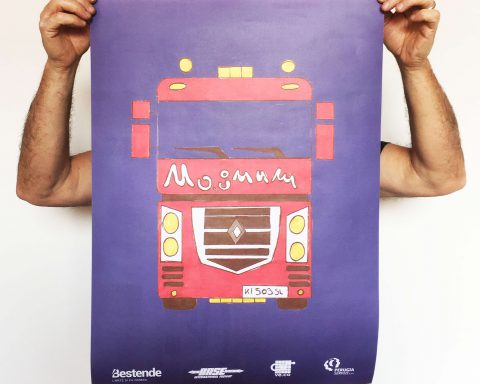TBD ULTRAMAGAZINE aka to be defined isn’t just a magazine about contemporary languages, it is a merging hybrid platform continuously exploring the possibilities of not defining itself, while maintaining a structure (zeitgeisting-text-ultra) in which the authors experiment with different themes and forms.
TBD was born with the intention of questioning the contemporary era through the analysis of zeitgeisting facts (paradigmatic of the spirit of the times), making use of theoretical contents and artistic interventions (ULTRA).
The fact that the magazine has an online outlet as well as a paper issue reveals the multiple grammar solutions that TBD adapts in developing and analysing different topics. The research is usually based on the socio-historical political moment in which we live in, the “zeitgeisting fact”. Adding of the –ing underlines the contemporaneity of the fact that we are still experiencing, in a perspective both of moving present and of recent past. The zeigeisting fact is the pretext to start an analysis of a much bigger container. At the same time it includes the contemporaneity itself helping to keep this project fresh and alive, able to bolt towards further researches.
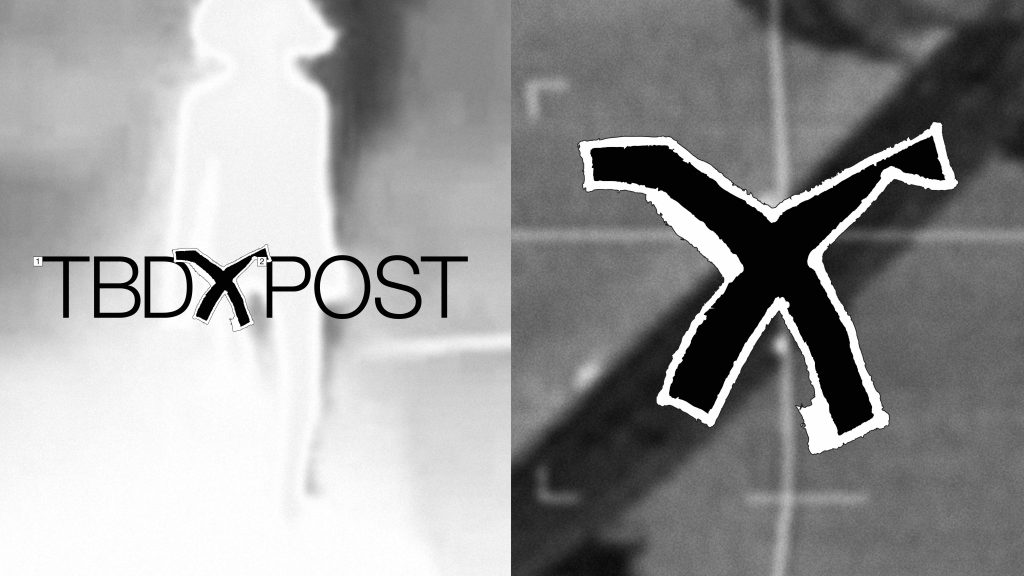
X-POST. Immagini operative
Graphic by Marco Radaelli
Courtesy TBD Ultramagazine
TBD’s structure works on a starting point in which apparently silly and marginal facts, events or stories are used as a zeitgeisting tool, as a symptom of the contemporary setting. After presenting the fact in the editorial the essays of the magazine develop, eviscerating and expanding the main fact, broadening the thematic possibilities of the fact itself.
Speaking about this project and this issue in particular – which I am going to write about later – I would like to experiment the same process of developing a reflection from a fact. The anecdote in my mind is one about two Italian flat earthers that wanted to find the end of the earth to escape the virus during the spring pandemic lockup. Starting from this fact I would like to create a number of expanded layers. This episode explains the 2020 zeitgeist quite well: the short circuit of the absurd paradox of an anachronistic image such as flat earth. It’s just a way to introduce the operative questioning that TBD operates.
Living in a time where new media change so fast and where social networks and virtual reality become the most widespread method of communicating, it is necessary to question how the collective imagination is changing in a steady stream. TBD arises from the need to investigate the new generation and also analyse ourselves (both the readers and the TBD creators).
“The different issues of TBD always start from a zeitgeisting fact, which, as a translator of the spirit of the time, brings with it openings and definitions typical of our contemporary. Without the presumption of defining stories about bio politics, technology and society, it is natural for us to reflect on these issues, precisely because they belong to our time.”TBD
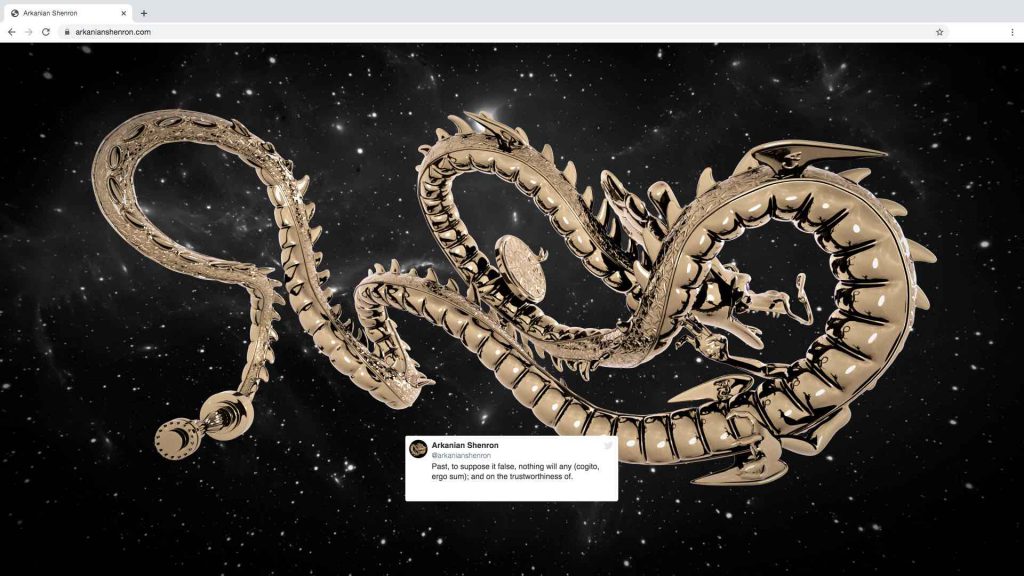
The possibility of developing a critical method and, as a consequence, critical thinking arises from TBD’s attitude to create a confrontation with diversified issues, avoiding cultural drifts, exploiting the divergent mind that we could all develop, predisposing a general attitude to confronting the present and the becoming that the present involves.
The expanded form of the magazine is created in order to develop the term zeitgeist as a tool for analysis that can capture phenomena in analytically accountable ways. The curatorial line of the magazine allows a self-feeding, full circle reflection about the present.
“When we read a story, we inhabit it. The covers of the book are like a roof and four walls. What is to happen next will take place within the four walls of the story. And this is possible because the story’s voice makes everything its own.” ― John Berger, Keeping a Rendezvous, 1991
The story of our present is the story of viewing images that are constructive parts of our critical definition.
In TBD the graphic and artistic aspects assume the status of a complete autonomous language. Images are treated as free expression and as support of critical theories, being an integral part of the magazine in a more open expressive space. TBD is based on the use of found content, amateur material that circulates on the web. This aesthetic plays with a critical expression of what the zeitgeist can be. The found images repeat the spirit of a collective imagination. The ULTRA part of the magazine is strictly linked to this process with images. The magazine works with artists in the aftermath in a dialogue oriented to the production of a work that they define as the ULTRA moment. Having a different path compared to descriptive and decorative images, the ULTRA moment is located in the interstices of the subject of the issue, being linked but independent at the same time. The special issue TBD X – POST, produced with the support of Sandretto Re Rebaudengo Foundation of Turin, and maintains the modus operandi of previous issues, while being a peculiar number with unique characteristics.
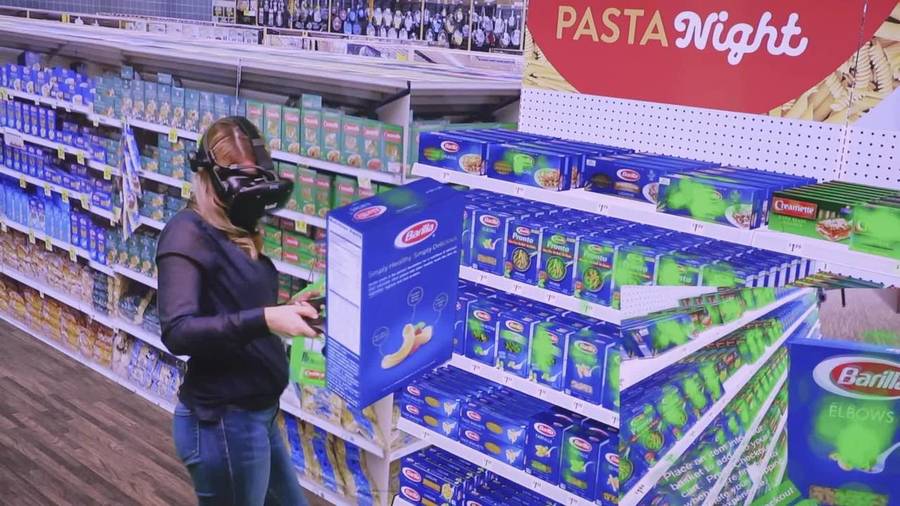
Courtesy Tobii
The letter X is a generic affix used to underline the research process and the peculiarities of this number. The main theme of this publication is 2020 as an expanded fact per se. X is also the historical overtures of this emblematic and paradigmatic year from which they spring as x questions and x hypothesis. The year 2020 is like a summa of the spirit of time in its own complexity, paradox and drama and it can be a perfect resume of what the zeitgeist is. Like a meta-story of a paradoxical short circuit 2020 itself is the emblematic fact on which starting a reflection. 2020 is like an event container in which all the happening facts are at the same level in a coexisting reality.
“We have identified 2020 as an expanded fact: a year of historical significance, capable of redesigning the spirit of our time, in which the pandemic triggered by Covid-19, socio-cultural, health and economic dynamics have on the whole constituted for us a single, not negligible, zeitgeisting fact. To all this is added the fact that for the first time these upheavals involve everyone on a global scale. Approaching an expanded fact does not, however, mean approaching all possible references without offering a reading key, which we have identified in the operative images (concept introduced by the artist and theorist Harun Farocki).”
TBD

Image from are.na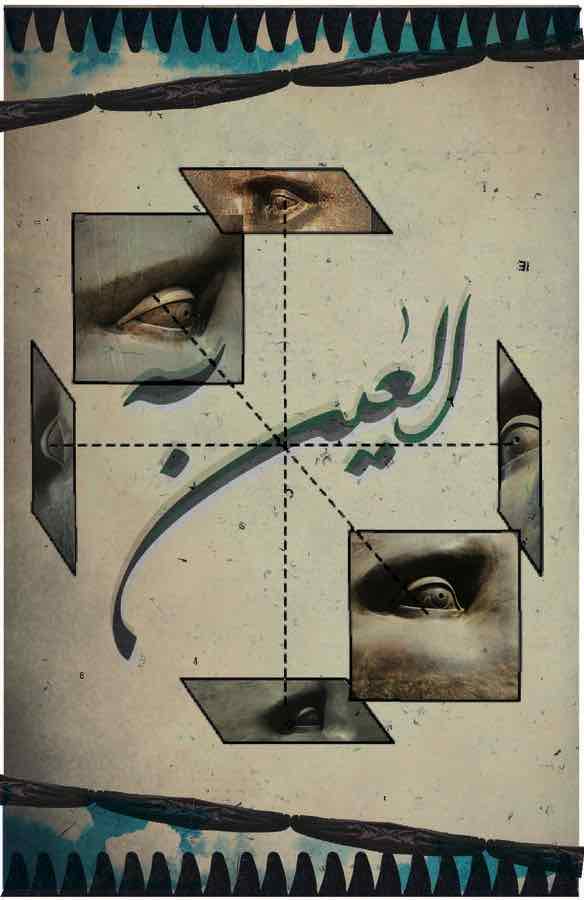
Image from are.na
The globalism of all the facts of this year not yet concluded can contribute to expanding the dialogue in a worldwide manner at the same moment, developing the possibility of creating new meanings from the bottom.
As TBD said, the key of this number about 2020 is the operational image. Harun Farocki was one of the first to theorize about a new form of images created by image making machines and neural network algorithms, in which the machine assume a position of seeing for themselves. If human eyes are becoming anachronistic the selection and parallelism of research images assume a further independent expression as previously introduced. Operational images are overwhelmingly invisible to the human eye but they have the ubiquity and the capacity of reinventing our collective perspective.
“We start from the assumption that we do not define ourselves as a magazine that deals with daily news or facts, but as catalysts for a situated theoretical critique, we need a moment of detachment from what is happening. Due to its definition of expanded zeitgeisting, 2020 is proving to be a year that is difficult, if not impossible, not to mention. The different dynamics that have arisen during these months have necessarily led us to face new theories and changes in the first two issues of the magazine. At the same time, 2020 seems to bring with it events that are presenting themselves in an almost cyclical way, allowing us to deal with some issues with previous knowledge, developed in the first and second issue. The research already begun previously is a useful reading key for the months to come. Through the various contributions, both textual and artistic, we do not pretend to point or analyse the situation with an a posteriori vision, but rather we want to open new questions about the future and point out aspects that cannot be overlooked. Staying between “X” and “post” is a time reference, as well as the title of the volume, which gives us the useful coordinates to talk about the zeitgeisting fact, the historical year 2020. For this reason, now that we are in the last quarter of the year, we have already been able to elaborate, as far as possible, theories and arguments that make us feel compelled to write about them in this special issue.”
TBD
In this new perspective a focus on how art relates itself with the necessity of moving in the digital space is somehow necessary. In 2020 we assisted to a migration of artistic content, creating new and stronger relations with technologies. The obsession of the presence implicates a constant online evolution in which availability and genesis of the work of art become part of the same process. The positioning of the work arises with the work itself. Never before now has the digital image had so powerful an agency on the era, that agency that allows a series of images to change the reality and the environment in which they operate. The agency of a new heterogeneous creator and a more heterogeneous observer. Pushing virtual reality is important to underline that there are many realities among which the virtual one assumes a particular position, totally independent, not as a tool for the material reality to move its spatial position. It is like a competition between virtual reality and physical reality. And the competition itself creates the process of critical analysis in the observer, reflecting also on visualizing the artworks through online platforms and how that changes our ways of seeing (I’d really like to see a new series of John Berger’s Ways of seeing set in the digital era).
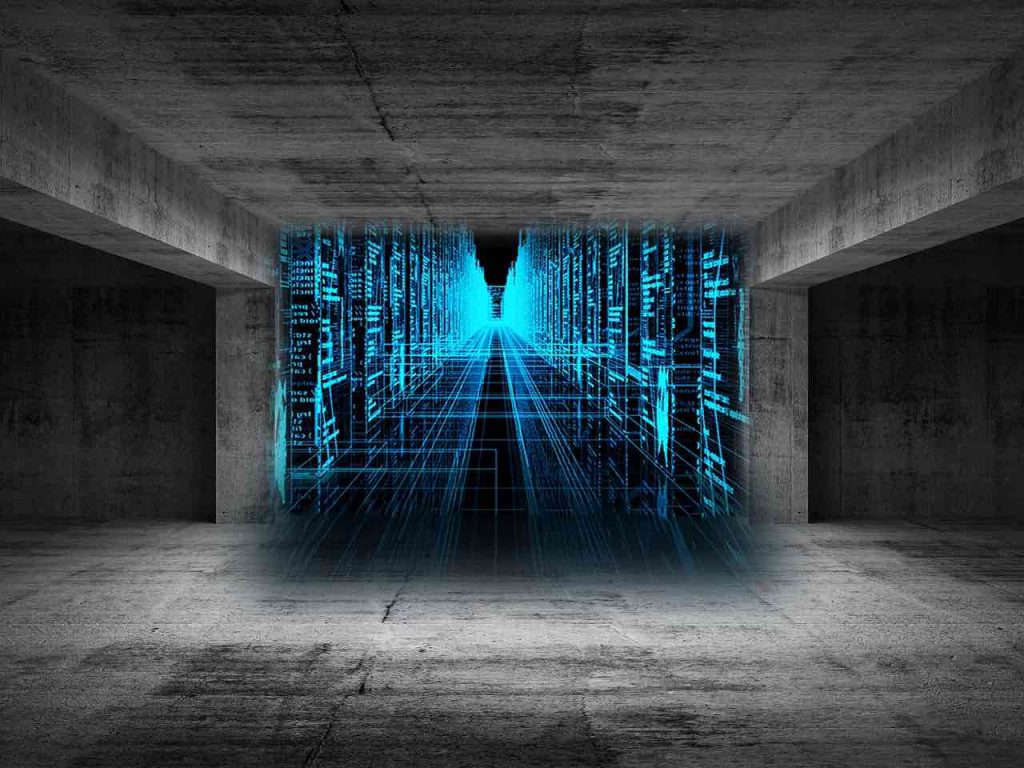
“We are realizing that already in the period of the first lockdown many projects have migrated to the digital world. As TBD we have always tried to think of artistic projects that respond to the needs of a non-live use, but that maintain a formal and conceptual validity designed for the digital, and were not a translation of what was not possible at that time. We think this is the way to go and certainly the art system will have to deal with this situation, with new needs and review the parameters of judgment of an artwork in the digital world. TBD Ultramagazine is a container that allows us to experiment and study possible variations in our present.“
TBD
The ULTRA section of this issue will involve two artists: Paolo Ciregia and Luca Pozzi.
TBD Ultramagazine is a project by Anna Casartelli, Irene Sofia Comi, Camilla Compagni, Eleonora Fascetta, Roberto Malaspina, Francesca Manni, Daria Miricola, Sofia Pirandello, Iacopo Prinetti, Miriam Rejas Del Pino.
External contributors to this issue: Lucrezia Calabrò Visconti, Vincenzo Estremo, Marco Mancuso and Domenico Quaranta.


